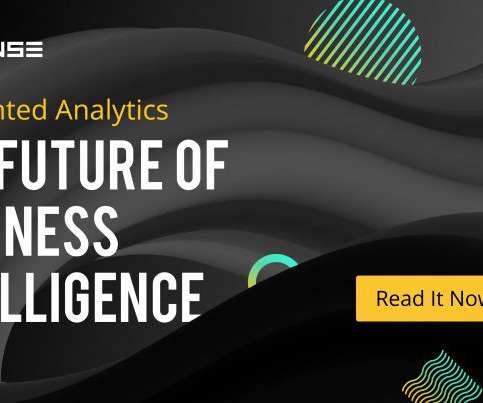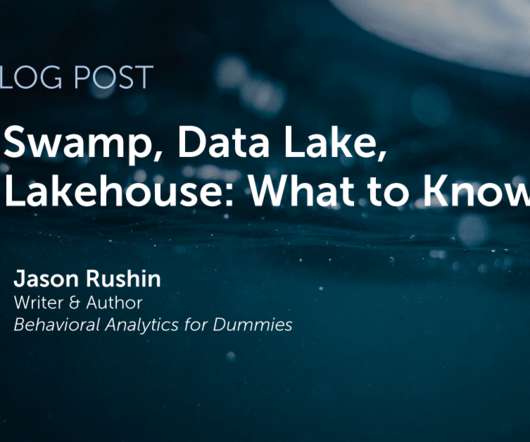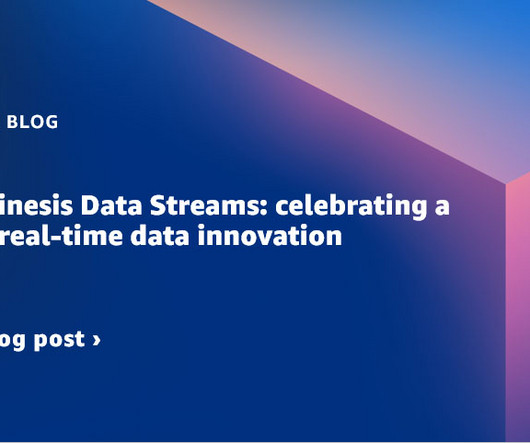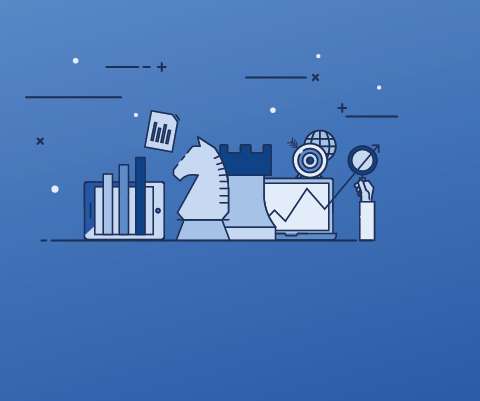Deriving Value from Data Lakes with AI
Sisense
DECEMBER 23, 2019
AI and ML are the only ways to derive value from massive data lakes, cloud-native data warehouses, and other huge stores of information. Once your data is prepared for analysis, the next question is: how else can AI help you? It’s also a better way to monetize your data in the short term. It’s the future.

















Let's personalize your content